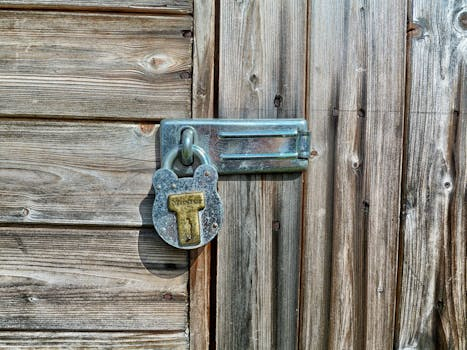Courtroom Security: Balancing Access and Safety
The courtroom is a sacred place where the justice system is upheld and individuals depend on fair and unbiased decisions. However, with the rise of violence and security threats in public spaces, courtroom security has become a major concern. Maintaining a balance between allowing public access and ensuring safety within the courtroom is a complex and critical task. In this article, we will explore the challenges and strategies for achieving courtroom security while also maintaining public access.
Understanding the Importance of Courtroom Security
The primary goal of any courtroom is to ensure justice is served to all individuals involved. However, this cannot be achieved without adequate security measures in place. Courtroom security not only protects judges, lawyers, and court personnel but also ensures the safety of all individuals present in the courtroom, including the general public.
In today’s world, where safety and security threats have become a reality, it is imperative to have effective security protocols in place. With the rise of high-profile cases and the presence of individuals with malicious intent, courtroom security cannot be taken lightly. The consequences of a security breach can be devastating and can lead to chaos, disruption of court proceedings, and even harm to individuals. Therefore, it is crucial to find a balance between access and safety in the courtroom.
Challenges in Maintaining Courtroom Security
Public Access vs. Security
One of the major challenges in maintaining courtroom security is maintaining public access while ensuring safety. The courtroom is a public space, and it is essential to allow access to individuals who are required to attend court proceedings. However, this also means that individuals with malicious intent can also gain access. Striking a balance between public access and security is crucial, as restricting access may impede the transparency and fairness of the judicial process.
Controlling Weapons and Other Threats
The presence of weapons, including guns and knives, is a significant security concern in the courtroom. Such weapons can be used by individuals to harm others or intimidate witnesses, judges, or court personnel. Courtroom security personnel must have effective methods in place to detect and prevent weapons from entering the courtroom. This can be achieved through metal detectors, X-ray machines, and thorough checks of individuals entering the courtroom.
Strategies for Achieving Courtroom Security
Proper Training and Equipment
Courtroom security personnel must be adequately trained to handle various security threats effectively. They must also have access to proper equipment, such as metal detectors, communication devices, and weapons screening technology. Additionally, regular training and drills should be conducted to ensure that security personnel are prepared for any situation that may arise.
Collaboration with Law Enforcement
Cooperation and collaboration between court security personnel and local law enforcement agencies are crucial in maintaining courtroom security. Law enforcement agencies can provide additional support in situations that require a higher level of security, such as high-profile cases or threats of violence. They can also assist in conducting background checks and identifying potential security risks.
Strict Security Protocols
Implementing strict security protocols in the courtroom can help mitigate security risks. This can include measures such as restricted entry points, screening of all individuals entering the courtroom, and limiting the number of personal belongings allowed inside. It is also essential to have a clear evacuation plan in case of an emergency and to regularly review and update security protocols to stay ahead of potential threats.
Conclusion
Courtroom security is a delicate balancing act that requires careful consideration of public access and safety. With the right strategies in place, it is possible to achieve a secure and safe courtroom for all individuals involved. It is the responsibility of all stakeholders, including court officials, security personnel, and law enforcement agencies, to work together towards maintaining courtroom security and upholding the integrity of the justice system.
Remember, courtroom security is not just about protecting individuals physically. It also ensures that the judicial process is carried out fairly and without any interference. By striking a balance between access and safety, we can ensure that justice is served while also keeping the courtroom a safe and secure environment for all.










